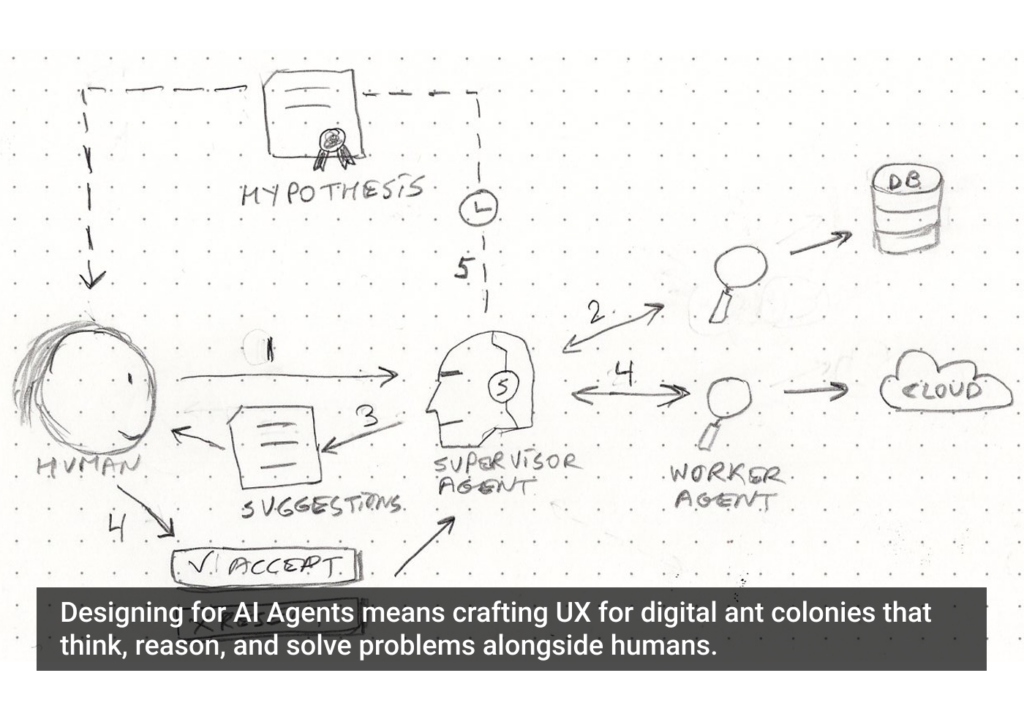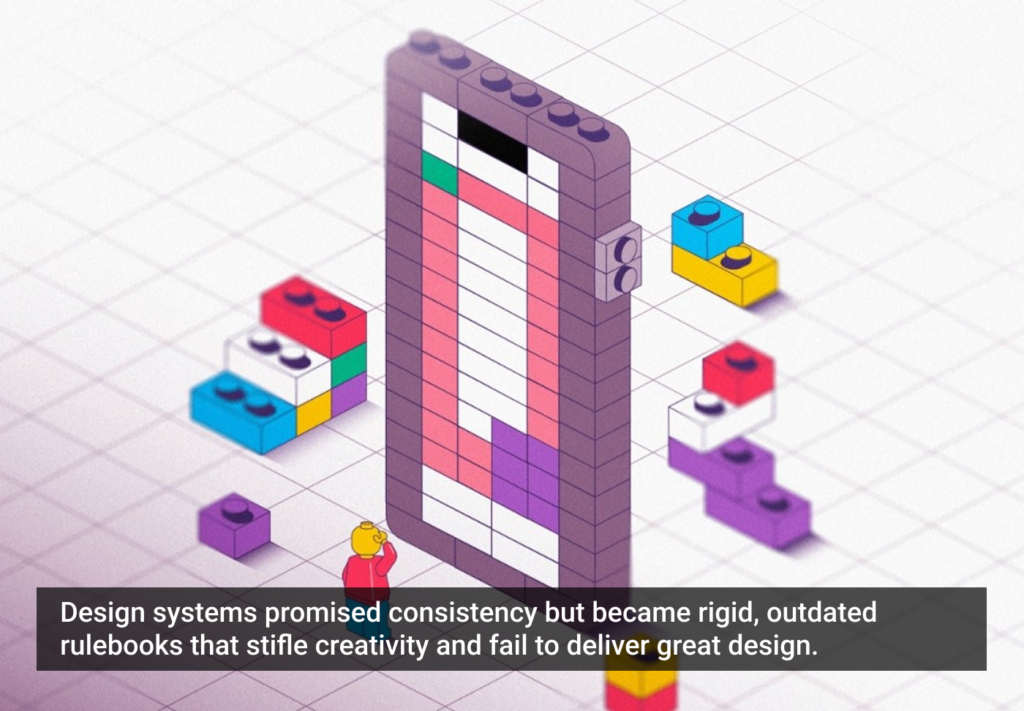Leading a team of talented UX professionals is no easy task. Managing all that creative energy and the egos that go with it; figuring out ways to give everyone their desired level of input while keeping it relative to the project at hand; and having the success of the team define your job security are all part and parcel. Despite how insurmountable this all sounds, there’s another profession with similar challenges on an exploded scale: the NBA coach.
NBA coaches have to wrangle prima donna players, crazed fans, owners who views championships as the only measure of success, and a staff that will never be the same two seasons in a row. In addition, if a season isn’t going well the coach might get fired midway through. Can you imagine getting axed in the middle of a project because your team missed a deadline? Youch!
Despite this wild myriad of obstacles, there’s one coach who has been successful over and over again: the great Phil Jackson. Jackson is widely considered the greatest coach ever, and his 11 championships (three of them three-peats and another two back-to-back) and 13 NBA Finals appearances back that reputation up. So what can UX leads learn from the great Zen master?
Take Indirect Approaches to Solve Team Chemistry Issues
When your teams consist of Hall of Fame talent like Michael Jordan, Scottie Pippen, Dennis Rodman, Kobe Bryant, and Shaquille O’Neal there are bound to be chemistry issues. Where most coaches would solve this by implementing mandatory meetings for players to learn to enjoy each other, Jackson did it best by taking indirect approaches.
You’d often see his team members reading self-help books, going to the movies together, or heading to casinos to spend crazy amounts of money. This approach worked because he was able to get his players to hang out without the risk of lowering team morale or chemistry through direct confrontation.
Whether we want to admit it, as creatives we’re very sensitive about the quality of our work and our value to the team as a whole. Considering how much of our profession consists of being judged on expressions of creativity used to solve problems, it’s understandable.
Instead of taking a risk by approaching your team directly about forging a bond as a group, try some fun indirect methods. Great options include starting a happy hour after work, throwing out more compliments on the work being reviewed in meetings, celebrating more personal events (like birthdays), and giving everyone a bottle of Tequila at 12:00 on Friday.
Alright, not so much the last one, but the others are great starter ideas!
Make Everyone Feel Like they are Part of the Team
Two of Jackson’s most difficult players to work with were Michael Jordan and Kobe Bryant. Both men spent a number of years on teams with less-than-stellar supporting casts, so the weight of every game was squarely on their shoulders. Even when they found themselves on teams with adequate support, the residual of their previous experiences remained, which led to teammates feeling out of place. Jackson was able to get them to turn a new leaf and trust their teammates by creating a rewarding team culture.
In Jordan’s case, Jackson had to sit him down and explain that the mark of a great player is the ability to make all of their teammates play better. This allowed Jordan to understand how to trust his teammates, who, at the time of his championship runs, were strong players. For Kobe it was getting his teammates to acknowledge their own abilities and to stop deferring to him all the time. In both situations, Jackson also made it a point to make sure everyone was individually accountable for their own actions.
It’s hard to create a team situation where everyone involved feels appreciated and respected. This is even more evident with more junior members, because they may feel undervalued next to more experienced senior members. To create a group culture where everyone is valued and feels appreciated, it takes more than regular compliments.
A great group culture starts by sitting down with everyone and having them explain what it is they do. Then you, as the lead, need to explain why each member is vital to the group’s success. From there, it’s a good idea to meet reguarly with all the members individually to assess their worth to the team, and reassure them of their value.
Create Situational Leadership Roles for All Team Members
During Jackson’s first tenure in Los Angeles, he coached the dynamic duo of Kobe and Shaq. To best make use of this pair—each amazing in different ways—Jackson created two main offensive schemes where each player was the first option. Deciding on when to use which scheme was simple: whenever the team had a good center, Kobe would be the first scoring option on offense, otherwise Shaq would be the first scoring option.
Can you think of certain scenarios where each one of your team members excels well enough to be able to take control? Everybody has it in them to lead at least one aspect of a project, and it’s your job to make sure that they have this opportunity. Giving group members this chance will free up creativity by empowering individuals to speak up, destroying dreaded groupthink.
Strategize Your Approach Around What the Group Lacks
Traditionally, the point guard acts as a general, taking responsibility for how the team performs on the court. This makes the point guard a vital position in ensuring success for your team, unless you’re Phil Jackson. Jackson never had a standout point guard, but was still able to have multiple teams win it all by building around what his teams lacked with the legendary triangle offense. This offensive system gets its name from a triangle formation created at will by the players. His continuous success with this offense cemented the notion that a team’s success depends as much on the players as it does on the system they play in.
In this industry, you’re never going to get all the precise pieces you think are necessary to have a stellar team. An insufficient budget is often partially to blame, but there are also just too many teams out there seeking the top talent. Eventually you’re going to find yourself in a position where you need to build around what you have. Here’s a familiar example: two vacant positions, a copywriter and a senior designer, and the budget to only adequately fill one.
The work your team has coming in requires you to hire a new designer, but you don’t have a single copywriter. You’ve got a mix of competent designers, but most of them are somewhat less experienced. What do you do? Well perhaps because your team doesn’t have a copywriter, you decide to fill that role and prepare the desginers to tackle the incoming workflow by combining their strengths creatively and strategically. Strong teams are built on systems, not talent alone.
Teach them how to Act when You’re not Present
During Jackson’s final seasons as a coach he had many health problems that made it impossible to be with his team on a regular basis. When he was with his team, he was rarely healthy enough to actively coach the way he normally would. Despite all of this, in his last two years his Lakers were still able to win a championship. This was possible because his team knew how to act when he wasn’t around.
No matter how hard you try, there are going to be times where a project comes to your team and you aren’t there. To make sure that your team doesn’t collapse in your absence there needs to be a gradual transference of responsibility to each member. This doesn’t mean giving up all of your authority, it just means giving them enough confidence in their abilities.
For instance, when analyzing a new project, go to certain members for their opinion on colors and others for their opinion on flow and interaction. Simple things like this demonstrate that you trust them to make decisions on their own.
In Closing
As the lead it’s your job to ensure your team succeeds by showing them how to work well together and giving each member a sense of value. Jackson used this model as a blueprint for success. A great leader has to understand his team’s talents, its personalities, what team members need to feel satisfied, and the value of reaching the ultimate goal together.
Image of Phil Jackson courtesy s_bukley/Shutterstock. Image of Lakers in action courtesy Mike Liu/Shuttertock








